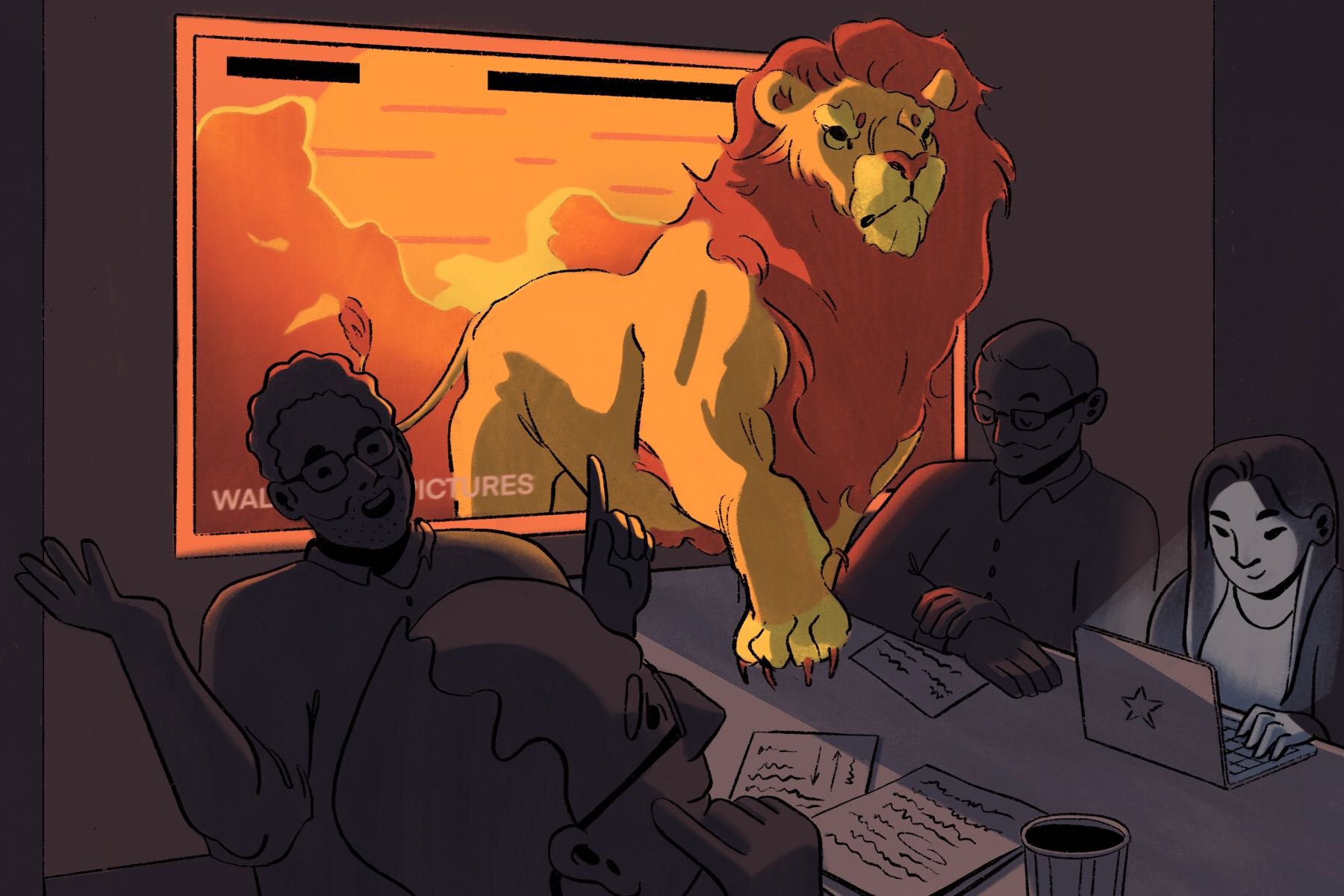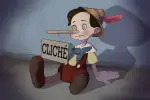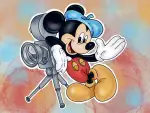This year has been the year our favorite Disney classics return to the silver screen, and the latest of such movies, “The Lion King,” was released the July. This is the fourth Disney re-creation of 2019, after “Dumbo,” “Aladdin,” and “Toy Story 4”; apparently, nobody mentioned that we’re back in the ’90s. Now we can finally wear baggy overalls and do the Macarena in public without getting weird stares!
Just me? Okay.
While we haven’t actually been whisked back to the days of our childhood, there’s a lot to get excited about when it comes to Jon Favreau’s adaptation of the Pride Lands. While reviews have been mixed, Favreau’s team took a huge risk in trying to remake a beloved classic, and despite its faults, “The Lion King” made astounding cinematic strides, potentially pioneering the future of movie production.
The Circle of Remakes
Over the past few years, Disney has been releasing updated, live-action versions of their classics, from “Alice in Wonderland” (2010) to “Cinderella” (2015) to “Beauty and the Beast” (2017). Perhaps it’s easiest to say that “The Lion King” was just the next logical step in Disney’s lucrative remake business; it’s a beloved film that was released during that sweet spot in most millennials’ childhoods, so both kids and parents are bound to take the bait.
But Simba and the gang bring Disney into new territory. How do you even make a live-action musical cast entirely with animals? Are you supposed to throw a warthog, meerkat and lion into the same room, and hope for the best? In that scenario, Hakuna Matata would probably not be such a wonderful phrase.
That’s where director Jon Favreau comes in. Coming off his 2016 adaptation of “The Jungle Book,” he brought exactly what the production team needed: a live-action remake that wasn’t live-action at all. A similar process had been introduced with James Cameron’s “Avatar” (2009): The actors’ movements were captured, digitalized and finally rendered into a CGI version of the character.
Favreau’s team built off this concept in “The Jungle Book.” Main character Mowgli was the only real subject in the entirety of the film; everything else — the jungle, lovable Baloo and the alarmingly-oversized orangutan voiced by Christopher Walken — was computer-generated.
The emergence of this groundbreaking technology was suspiciously perfect for the adaptation of “The Lion King.” However, the team would take their approach to a whole new level this time around.
Oh, What’s in a Name?
The ultimate goal of the film was hyperrealism, but it was done without a single real creature in the set space, so what label do you give the production of such an unconventional technique? “There’s so much confusion as to what the medium is,” Favreau told the L.A. Times. “The trick here was to make it feel like an entirely new medium. Even though we use animation techniques, we wanted it to appear live-action.”
His team did just that, using virtual reality technology; they assembled what was essentially a video game rendering of the Pride Lands, so, in each setting (Pride Rock, the Jungle, etc.) they had every corner accounted for. The crew donned VR goggles to explore the world they had created, and when the set was perfected, Favreau put the VR goggles on their camera and yelled, “Action!” This is how they achieved such incredible cinematography: They were literally filming the CGI world.
A Prideful Cast
The realism didn’t stop there. In an interview with ABC’s “Nightline,” Favreau explained his desire to be authentic with his actors. “I wanted to make the naturalism not just be in the technology and the rendering, but also in the performance,” he told Robin Roberts. With names like Donald Glover, Beyoncé and, of course, James Earl Jones, there was no shortage of talent on set.
But in most animated films, the voice actors run their lines alone in a recording booth. Favreau not only had his actors record together, he brought them into his virtual plane. The VR technology helped the crew scout and block the studio, the same way a live-action film would (minus the physical set pieces). The cast ran their scenes on-set, while imagining themselves as lions on the African plains, and Favreau would pop up periodically to give notes. Improvisation, overlap and experimentation were all encouraged; Favreau wanted to give his cast the space to naturally come into the characters. In that sense, production still felt live.
https://www.instagram.com/p/B0lp_dJhtjC/
A New Kind of Virtual Reality
Once the film hit post-production, the physical set and its actors disappeared from view, and Visual Effects Supervisor Rob Legato led his team in rendering every leaf, blade of grass and paw print that viewers would see on the big screen. The crew had done a ton of scouting and research in the pre-production phase, even going on an African safari and inspecting the wildlife to ensure that every inch of their final product would look completely photorealistic. In order to get up-close and personal with some of the less-friendly creatures, the crew also visited Disney’s Animal Kingdom in Orlando, so they could study lions’ behaviors (without, you know, getting eaten).
To polish their renderings, Disney partnered with Moving Picture Company, a visual effects team that boasts state-of-the-art CGI programs. The MPC software is split up into departments; there are entire teams of artists devoted to different aspects of the CGI world. In “The Lion King,” MPC manipulated everything in the story space, from the crowd behaviors of the wildebeests, to the physics of the desert sand, all the way down to the texture of Mufasa’s mane. Every detail in every frame was accounted for, with the goal of near-perfect photorealism in mind.
Disney accomplished groundbreaking feats with their remake of “The Lion King.” From rounding up a star-studded cast, to rendering shots that could easily be mistaken for a nature documentary, to practically inventing a whole new category of film, Favreau’s team put a tremendous amount of effort into this film to make it look and feel as realistic as possible.
So, did they achieve their goal? You’ll have to go see for yourself.
















